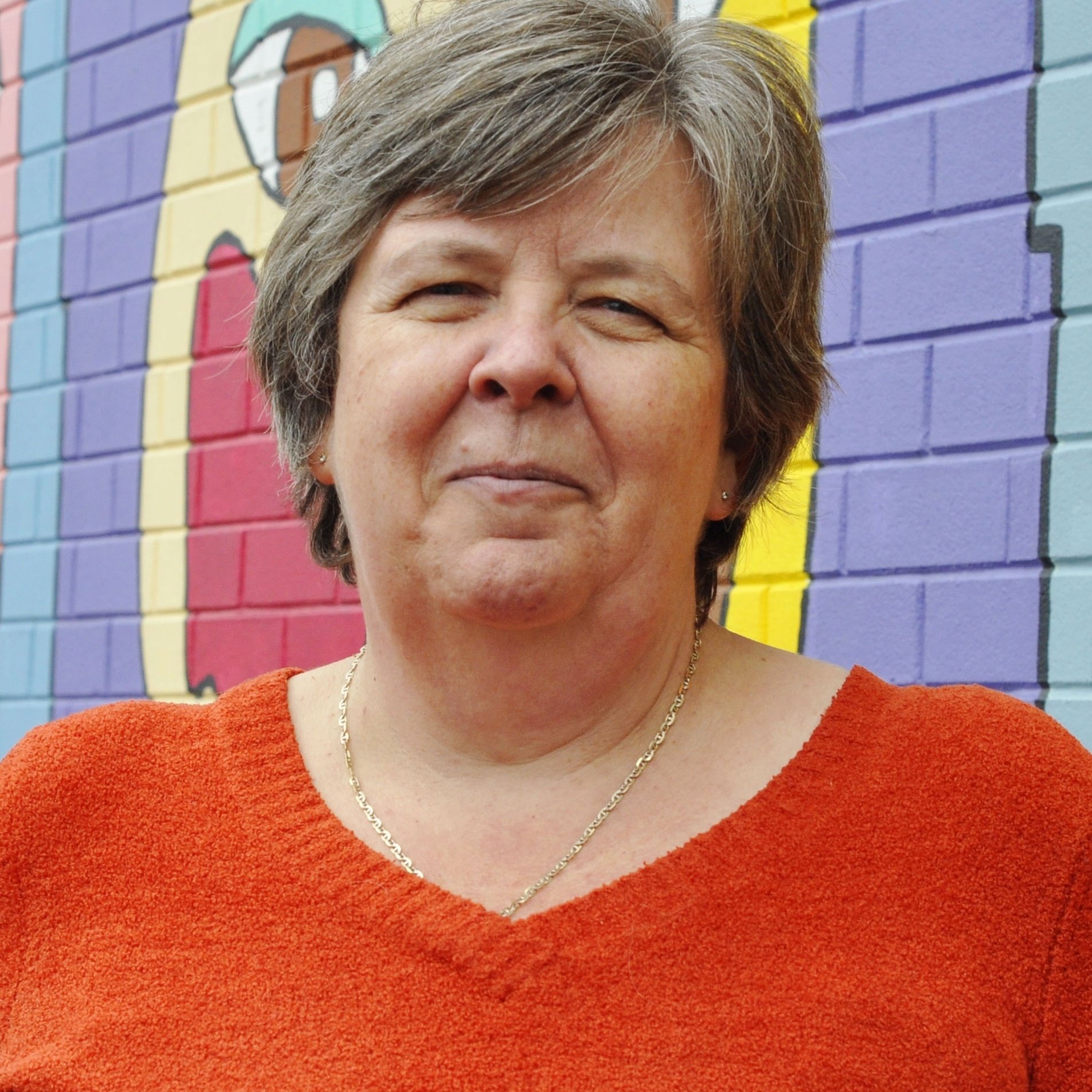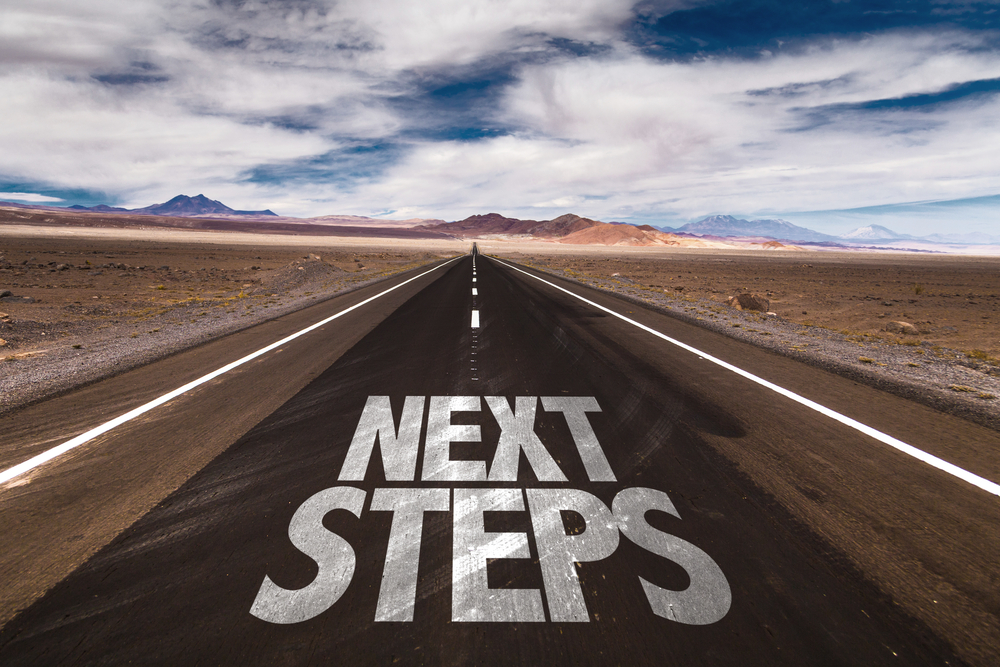.jpg?width=379&name=Movement%20Building%20(1).jpg) One of the first phrases I encountered at Tamarack was ‘act like an organization, think like a movement’ which is attributed to Al Etmanski and Vicki Cammack. Like so many other things, I have had to consider this phrase and make it real to my experience of community change.
One of the first phrases I encountered at Tamarack was ‘act like an organization, think like a movement’ which is attributed to Al Etmanski and Vicki Cammack. Like so many other things, I have had to consider this phrase and make it real to my experience of community change.
It is a phrase that has been resonating a lot lately. Scaling change, particularly around a complex issue, calls for leaders to focus on movement building. In the paper, Collective Impact 3.0, Mark Cabaj and I discussed this idea of movement building in some detail.
Movement-building leaders bring together a diverse group of stakeholders, including those not in traditional institutions or seats of power, to build a vision of the future based on common values and narratives. Movements “open up peoples’ hearts and minds to new possibilities,” “create the receptive climate for new ideas to take hold,” and “embolden policymakers” and system leaders. Movements change the ground on which everyday political life and management occur. (Collective Impact 3.0)
What does it take to deeply scale change through movement building? In a recent post of the website Praxis, author Tiago Forte discusses the essentials of both embracing emergence and building movements for change. These two concepts are interconnected and useful to consider together. Tiago reflects on a book by Adrienne Maree Brown called Emergent Strategy: Shaping Worlds, Shaping Change.
Let’s take the concept of emergence first. It is a key theme of this post. We know that we currently live in times which are quickly changing. There are many forces; social, political, economic, and environmental; which are shifting dramatically in real time and yet we have been trained to apply command and control strategies to these evolving situations. Instead, emergence requires a different way of both being and knowing. Forte identifies nine practices as ways of engaging in this constantly moving context.
- Small is good, small is all (The large is a reflection of the small)
To find deep insights, look closely into the inner workings of how you manage your daily work, from how you manage email and your calendar, to how you decide what to work on next. - Change is constant (Be like water)
Invest in your capacity to adapt, expecting your work and your life to change, instead of trying to prevent them from changing. - There is always enough time for the right work. There is a conversation in the room that only these people at this moment can have. Find it.
Choosing what the work actually is, and with whom you will do it, has far greater leverage than how you perform it. - Never a failure, always a lesson
Every experience you have is fuel for creative inspiration. The bigger the failure, the better the fuel. - Trust the People (If you trust the people, they become trustworthy)
Learning how to trust people, and how to allow them to trust you, is a far greater source of leverage than all the productivity tips, tricks, and hacks ever conceived. - Move at the speed of trust
How fast you can move is determined by how much trust you have. And people won’t trust you unless you are vulnerable with them. - Focus on critical connections more than critical mass—build the resilience by building the relationships
A relationship to the right person can have more leverage than a large group agreeing. Invest in that relationship because it is critical. - Less prep, more presence
Preparation has diminishing returns after a while, while presence has exponential returns. The sooner you move from preparing to being present, the better your results will be. - What you pay attention to grows
Attention is the rarest and most precious resource we have. It can be shaped and cultivated by investing attention in the first place, in an endless cycle.
Source: https://praxis.fortelabs.co/emergent-strategy-organizing-for-social-justice/
How are embracing an emergence mindset and movement building connected? The nine practices provide insightful considerations to effectively build movements. Investing in small nodes and networks and growing them through building trust and connection is vital. Paying attention to the movement and being present, listening to others engaged rather than jumping in and problem-solving builds movements where people are engaged. Focusing on opportunity as it emerges rather than managing requires movement builders to be present.
Forte further describes what is required by us when building or committing to a movement. The work of movement building is both as internal mindset shift and an intentional commitment to change. The first step in building a movement is for you to ‘be seen’. This means showing up, being vulnerable and being willing to take risks. It asks us to speak truth to power.
Next building a movement requires us to understand and embrace being wrong. Being wrong is about engaging others, their ideas, experiences and perspectives.
Inviting art into movement building enables expression in different ways. Art is not neutral but rather embodies the emotions that movement building brings. Embracing art can build connections in new and dynamic ways.
Cultivating small practices in ourselves and in the movement can build connection and strengthen ties. In embracing the nine practices of emergence can be a beginning point.
And finally, movement building is about deep, slow and intentional work. It is not something that we pick up and then drop, but that we commit to the changes and shifts that we are seeking. We join with others seeking these changes and then we commit to the work.
How do we get out of our safe zones and become movement builders? Do we have the capacity to be vulnerable, change agents, to give things up and be committed to a different future? The practice of embracing emergence is one step. True change comes from the deep, slow and intentional work of movement building. Reflecting on the quote ‘Act like an organization, think like a movement’ perhaps a revision is needed now ‘Embrace emergence, act like a movement’.
Take Your Learning Further:
- Read Collective Impact 3.0 to learn more about Movement Building and Collective Impact
- Read Emergent Strategy: Organizing for Social Justice
- Invest in your leadership practice at the upcoming Community Change Festival, coming to Vancouver, BC September 30 - October 3





